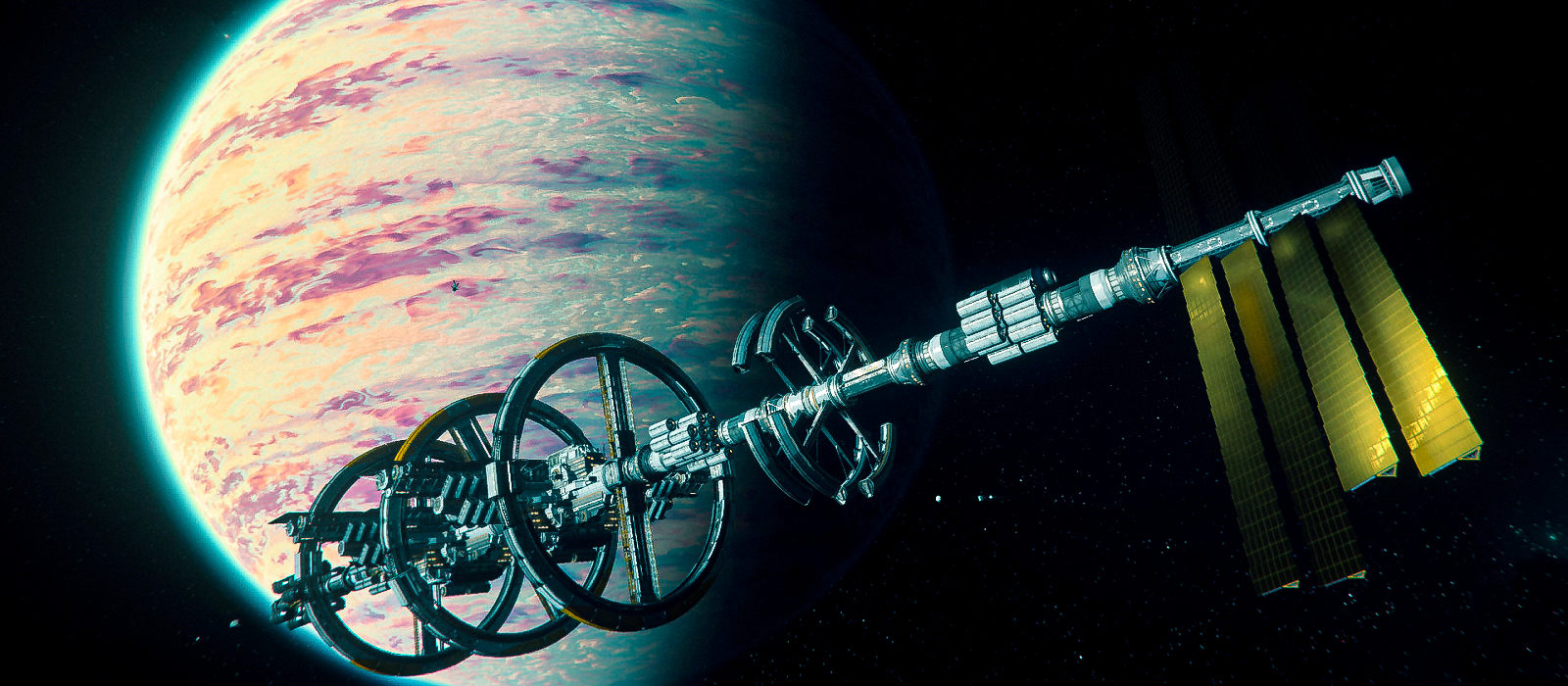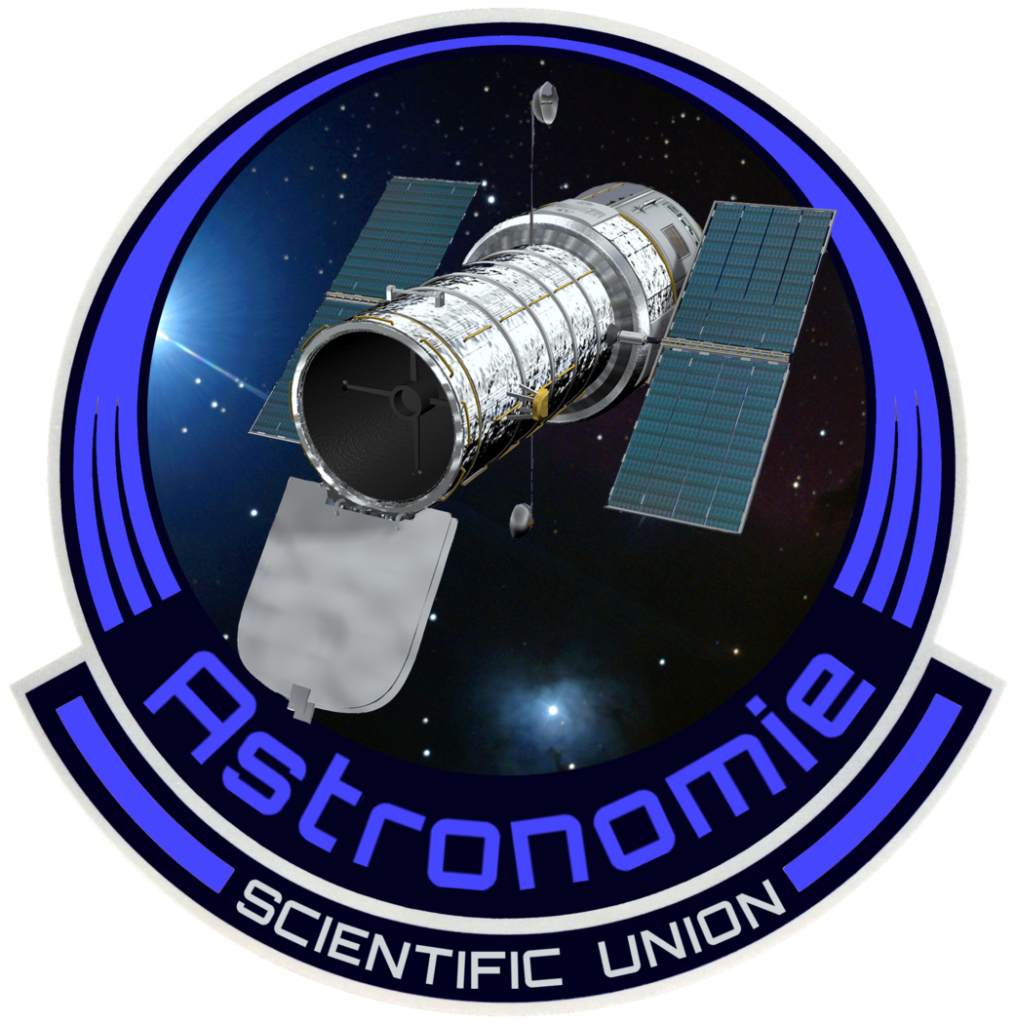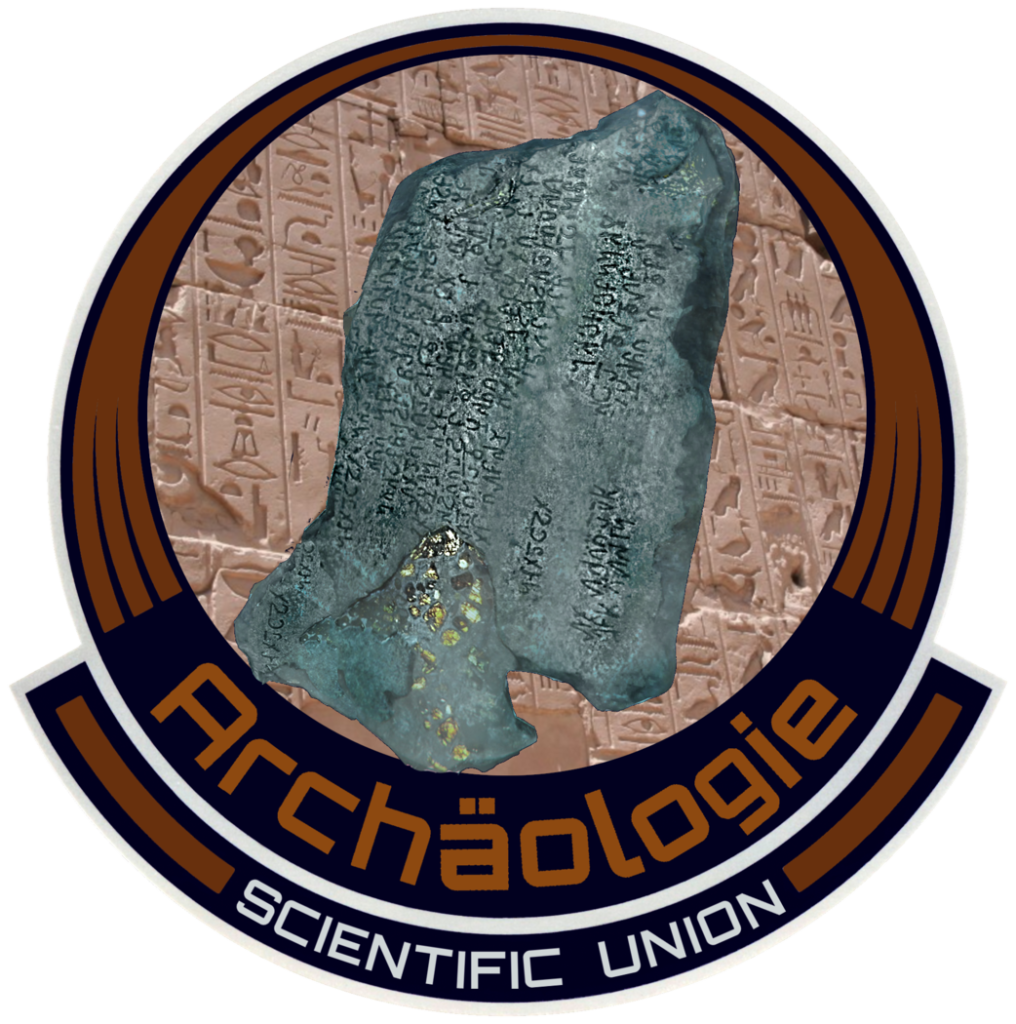Scientific Union, SCIUN Astronomy, Star Citizen
Deutsche Version
A paper by Prof. Dr. Albert Hyperion (alias SpielerBlau) on the experimental determination of the radius by Stanton
Editors: Siruck and Chhris
Summary
Using the ray theorem, it is shown how the radius or diameter of the star Pyro can be determined experimentally, i.e. with distances directly accessible in Star Citizen, in a simple way. The exact description of the methodology is described in the work of Prof. Dr. Albert Hyperion and will not be the subject of this work. This thesis is primarily concerned with the comparison of the diameters of the suns and the solar masses between Stanton, Sol and Pyro.
Introduction
Since the jump gates to Pyro are now open again, I was able to start the corresponding measurement flights to three eclipse points (Pyro I , Monox (Pyro II) and Bloom (Pyro III) in the Pyro system
Pyro I


Monox (Pyro II)


Bloom (Pyro III)


Result
The average diameter of Pyro is calculated from the measurements at 1,193,855km, i.e. about 1.2 million km. The diameter of Pyro is about 1,200,000 km, almost 100,000 km smaller than Stanton (0.923) (1,300,000 km) and at 192,000 km, significantly smaller than the diameter of the Sun in the Sol System (1,392,684 km) (0.862).
Further considerations and conclusions
Since the Sun is a Class K star in the pyro system, the mass of this star is only 0.7 times the density of the Sol Sun and also Stanton (Type G). (Because of the gradual density distribution in the star, this assumption is not exactly correct.)
To calculate the ratio of mass to Stanton and Sol, one can calculate the ratio of the diameter to the reference sun in cubic * the density of the type K star:
Stanton:

Stanton:

The mass of the Sun in the Pyro System is only about 53% compared to Stanton’s Sun and 43% to the Sun in the Sol System. This makes the sun in the pyro system a fairly light star compared to the Sol and Stanton systems.
Summary
Sol: Diameter 1,392,684km, mass 2.3 x Pyro
Stanton: Diameter 1,300,000km, mass 1.8 x pyro
Pyro: Diameter 1,200,000km, mass 0.53 x Stanton and 0.43x Sol
View
After determining the Keppler constant, one could calculate against the astronomical quantities of the system. But this is not part of this work.
The measurement of a star system, i.e. the determination of relevant astronomical quantities, such as the diameter of stellar objects, their distance to each other, orbits and times, as well as numerous laws derived from them, such as day-night cycles, partial or complete solar eclipses at given locations of the system, etc., is not only a worthwhile undertaking for the exploration gameplay. Rather, it is often the in-depth knowledge of these relationships that enables us to make the necessary preparations for undertakings of very different kinds. Of course, we don’t want to forget that Star Citizen is a game and not an exact simulation of the universe.
Bilder der Expeditionen
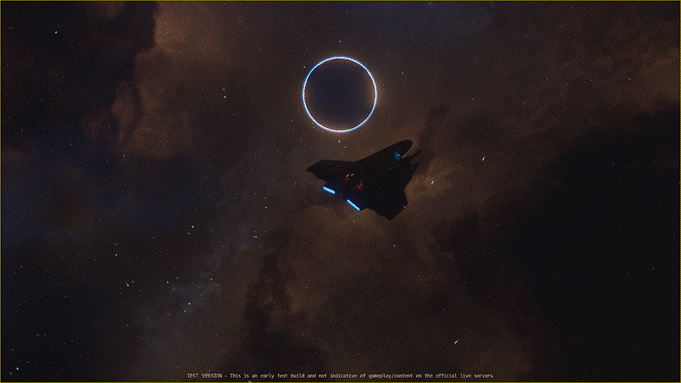
Abbildung 1Pyro I Eclipse Punkt
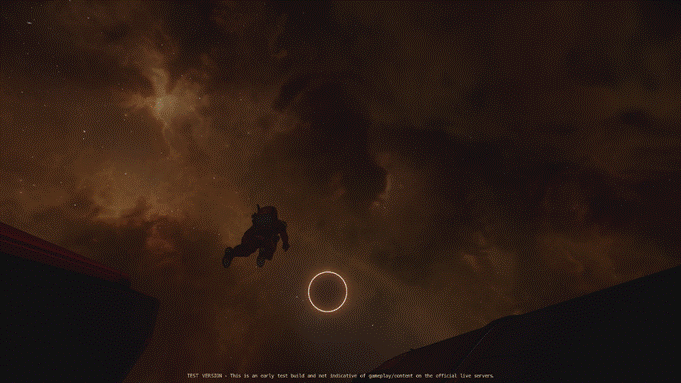
Abbildung 2Monox (Pyro II) Eclipse Punkt
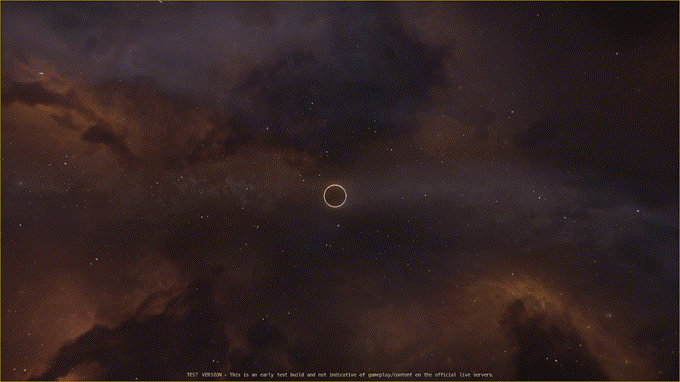
Abbildung 3Bloom (Pyro III) Eclipse Punkt
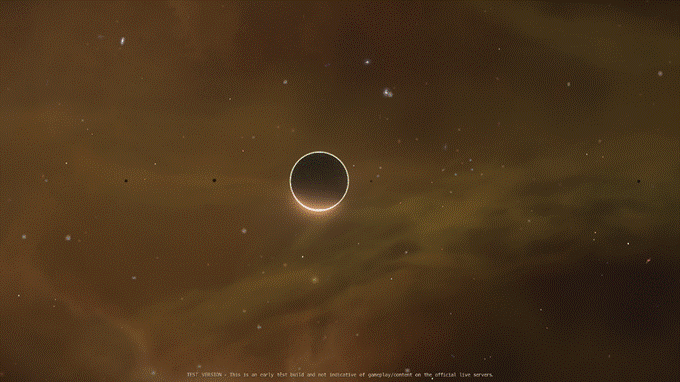
Figure 4Pyro V with moons (eclipse point not reached)
Siruck am 04.06.2955 Stanton , ArcCop , A18
For a free science
